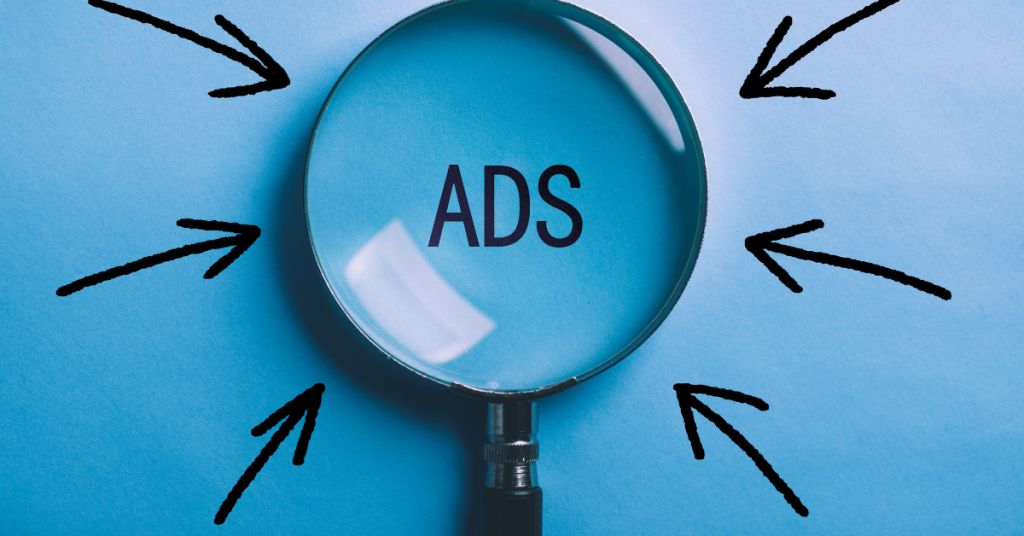Facebook provides marketers with a variety of tools to enhance their online presence, and one popular option is boosting posts. Boosting a post involves paying to increase the reach of existing content, allowing it to be seen by a broader audience beyond your followers. This feature is especially appealing to businesses looking to amplify their message quickly without the complexities of creating an entirely new ad. However, it is crucial to understand how boosting differs from traditional Facebook ads. With traditional ads, marketers design specific campaigns tailored to meet defined objectives, often utilizing different formats and placements. Meanwhile, boosted posts focus on amplifying posts that already exist, enhancing their visibility to maximize engagement.

Benefits of Boosting an Ad on Facebook
One of the main benefits of boosting an ad on Facebook, is the potential for increased visibility. By allocating a budget to a specific post, businesses ensure that their content reaches a larger audience, including those who may not yet follow their page. This extended reach is valued for brand awareness and can drive more traffic to your website or social media. The process itself is straightforward, designed for users of all experience levels. You select a post to boost, establish a budget based on your financial capabilities, and then specify your target audience by demographics, interests, and geographic locations. This targeting allows you to connect with specific groups more likely to interact with your content. It can also be a quick way to promote time-sensitive information, such as sales or events, capturing attention before it’s too late.
Cons of Boosting an Ad on Facebook
Despite its advantages, boosting posts is not without drawbacks. While it can help spread your message, boosted posts may receive lower engagement rates compared to ads specifically designed for conversion. This may be due to the content, which may not have been crafted with advertising goals in mind. As a result, spending on boosted posts can sometimes lead to a wasted budget if the post isn’t compelling enough to spark interest among viewers. Additionally, the analytics provided for boosted posts can be limited. You may receive basic insights, such as reach and engagement, but lacking deeper metrics makes it challenging to assess overall campaign effectiveness. In situations that demand more precision and control, utilizing Facebook’s Ads Manager for tailored ad campaigns may be a more strategic approach. This platform allows for comprehensive audience analysis and enables businesses to adapt their ads based on performance, ultimately leading to improved results over time.
Google Ads vs. Facebook Ads

Google Ads and Facebook Ads are two leading platforms for digital marketing, each with distinct strengths. Google Ads targets users based on intent, displaying ads when people search for specific keywords. This approach captures demand at critical moments, making it effective for direct response advertising. Facebook Ads, on the other hand, focuses on user demographics and interests, allowing brands to engage potential customers during their leisure activities. The visual nature of Facebook’s platform enhances brand storytelling and audience connection. Choosing between the two depends on campaign goals. Brands seeking immediate conversions may prefer Google Ads, while those aiming for brand awareness might find Facebook Ads more effective. Evaluating audience behavior and objectives is key to selecting the right platform.
When deciding whether to boost a post, consider the context and goals of your campaign. There are instances where boosting can serve as an effective tool. For example, if you have an important announcement, such as launching a new product or service, boosting the corresponding post can ensure it reaches a wide audience quickly. Similarly, for promotions or limited time offers, boosting can help generate immediate awareness and drive traffic. However, if your objective is long-term engagement or conversion, creating dedicated ads through Ads Manager can provide more robust options for strategizing and measuring success. Ultimately, evaluating your specific needs will guide you in deciding whether boosting posts aligns with your marketing goals or if a more comprehensive advertising strategy is necessary.
While boosting posts on Facebook can offer quick visibility and engagement for time-sensitive promotions, it’s essential to weigh its benefits against potential drawbacks. Boosted posts might not deliver the same engagement as tailored ads, and the limited analytics can hinder effective campaign assessment. For businesses looking to maximize their online presence, understanding when to boost and when to invest in a more strategic advertising approach is crucial. If you’re unsure how to optimize your Facebook marketing strategy, we’re here to help! Contact us today for your FREE, no-obligation consultation to explore the best options for your business.
